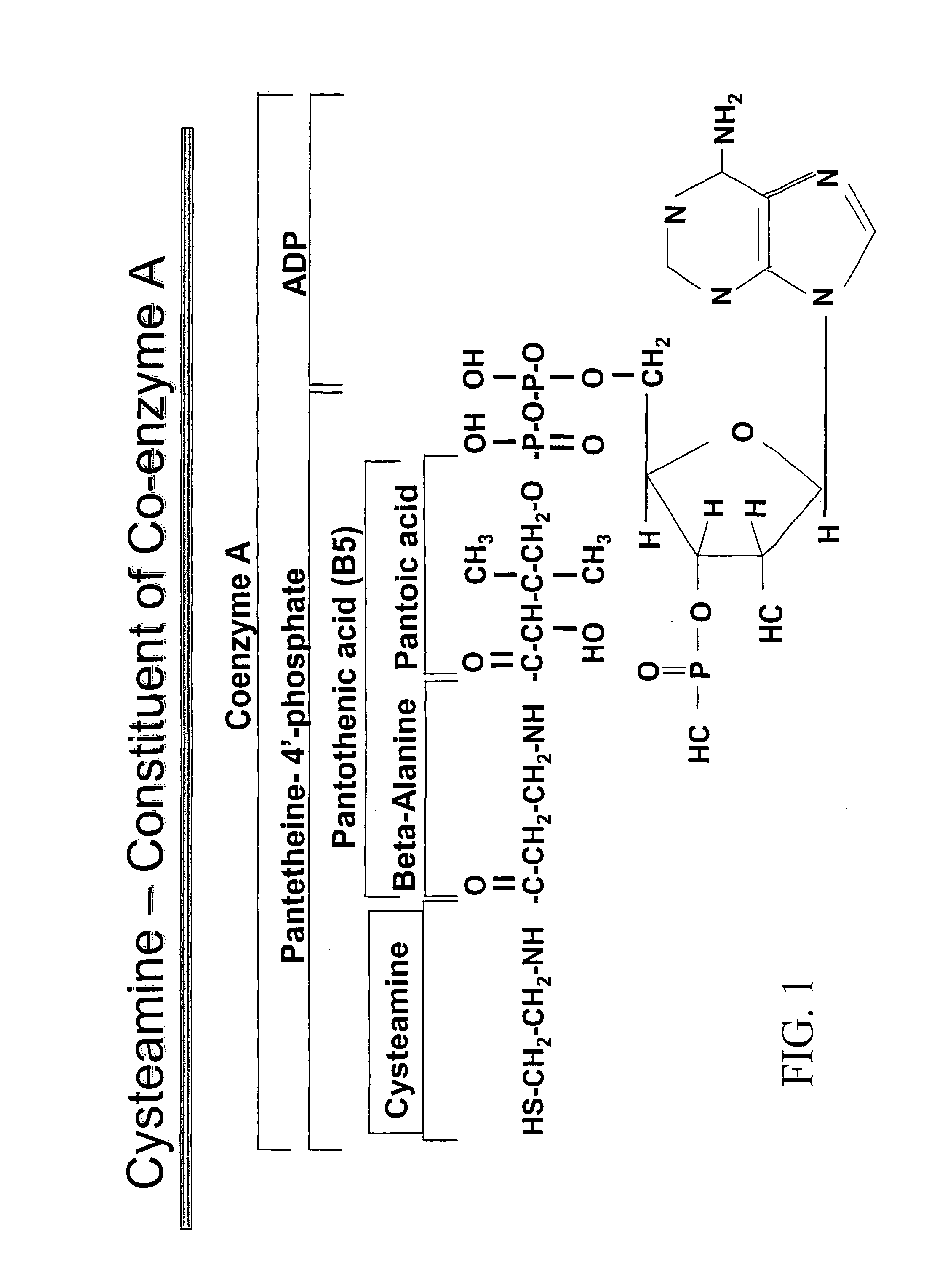Materials and methods for treating viral infections
a technology for viral infections and materials, applied in the field of materials and methods for treating viral infections, can solve the problems of acute respiratory illness, high contagiousness, and worsening chronic health problems, and achieve the effects of reducing the risk of infection, and improving the quality of li
- Summary
- Abstract
- Description
- Claims
- Application Information
AI Technical Summary
Benefits of technology
Problems solved by technology
Method used
Image
Examples
example 1
Treatment of Influenza-Related Symptoms
[0067]A male subject infected with an influenza virus, demonstrating symptoms (nasal discharge, fever, exhaustion) associated with an influenza infection, was initially treated with over-the-counter nasal decongestant and mucolytic medications. The over-the-counter medications were ineffective in treating the influenza-related symptoms within 24 hours.
[0068]After the over-the-counter medications proved ineffective, the subject was administered orally a dose of about 700 mg of cysteamine hydrochloride. Within 24 hours, symptoms associated with the influenza infection had disappeared. The subject expressed general feelings of health.
example 2
Study of Antiviral Activity of Cysteamine against H5N1 Avian Influenza Virus: In-vitro and In-vivo Studies Using Oseltamivir Phosphate as Control
[0069]According to one embodiment of the invention, cysteamine demonstrates antiviral activity against H5N1 avian influenza virus. The subject matter of the present invention is particularly advantageous due to its unexpected results with avian influenza virus. For example, as described below, cyatemine is particularly efficacious in treating H5N1 avian influenza virus, more so than even oseltamivir phosphate (whose generic name is TAMIFLU®), which is a licensed drug against avian influenza virus.
Materials and Method
[0070]Cysteamine (hereinafter referred to as “TG21”; comprising 99% cysteamine) was supplied by Omega Bio-Pharma (H.K.) Limited. Embryonated eggs from specific-pathogen-free (SPF) hens (Beijing, China) were used in this experiment. H5N1 avian influenza viruses CV strain was isolated from infected chickens. Roman chickens were pu...
example 3
Antiviral Activity of Cysteamine Against H5N1 Avian Influenza Virus in Mice Materials and Method
[0086]Cysteamine (hereinafter referred to as “TG21”; comprising 99% cysteamine) was supplied by Omega Bio-Pharma (H.K.) Limited. H5N1 avian influenza virus, WV strain, was isolated from infected chickens. TAMIFLU® (Roche (China) Ltd., Shanghai, China) was used as described herein.
Evaluation of 50% Lethal Dose of H5N1 Avian Influenza Virus in Mice (mLD50)
[0087]H5N1 avian influenza (WV strain) stock solution was initially diluted 1:5 and then diluted with PBS in four-fold series for 5 dilutions (1:5 to 1:1280). Six to eight-week old female mice were anesthetized by intramuscularly injection 100 μL of 1% sodium barbiturate and then inoculated by dropping 50 μL diluted H5N1 avian influenza virus WV strain into each mouse's nasal cavity (n=10 mice for each dilution). Animals were monitored daily for 14 days and mLD50 was calculated based on the death of mice with the Reed-Muench Method. The re...
PUM
| Property | Measurement | Unit |
|---|---|---|
| diameter | aaaaa | aaaaa |
| temperatures | aaaaa | aaaaa |
| temperature | aaaaa | aaaaa |
Abstract
Description
Claims
Application Information
 Login to View More
Login to View More - R&D
- Intellectual Property
- Life Sciences
- Materials
- Tech Scout
- Unparalleled Data Quality
- Higher Quality Content
- 60% Fewer Hallucinations
Browse by: Latest US Patents, China's latest patents, Technical Efficacy Thesaurus, Application Domain, Technology Topic, Popular Technical Reports.
© 2025 PatSnap. All rights reserved.Legal|Privacy policy|Modern Slavery Act Transparency Statement|Sitemap|About US| Contact US: help@patsnap.com


